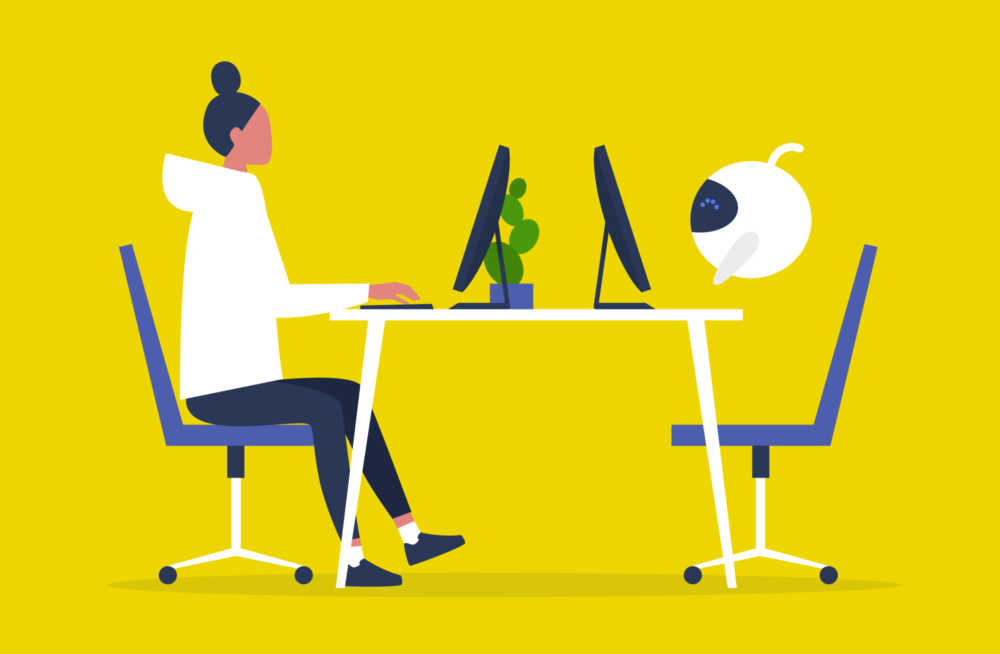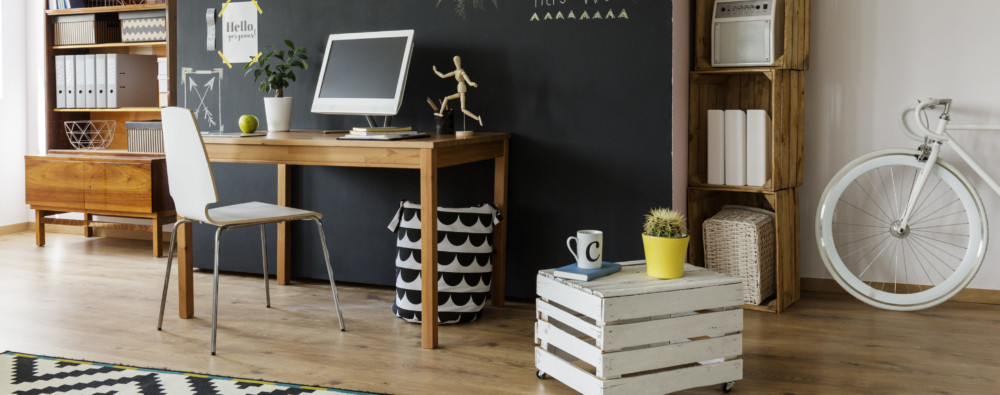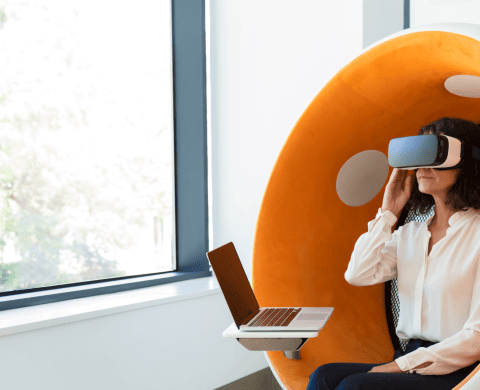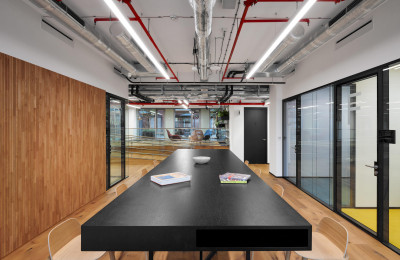5 workspace megatrends for 2030
Offices and workspaces have evolved dramatically over the years – remember those depressing beige corridors with rows of cell-like offices rumbling to the sound of desk fans?
Virtually every new innovation offers businesses an edge over the competition. Here’s our take on the 5 big trends set to change the game for years to come.
Asking AI to boost employee performance
AI and automation will greatly increase the amount of data collected. As more routine tasks are handled by machines, there’ll be an even bigger premium on cognition, empathy, creativity, critical thinking, mentoring and other non-linear skills. These happen to be the activities that thrive on face-to-face contact and are stifled in virtual settings. We can help people excel at work by employing building data to customise their environments for collaboration and focusing.

Making work all about “you”
Hybrid physical/virtual workplaces are becoming like campus environments: flexible in when and how they are used, malleable to be rearranged based on real-time needs. To inspire increasing numbers of Millennials and Gen Ys and Zs, employers will offer unique environments and cultures. Working practices will be more individual too, with greater flexibility around hours and WFH a standard rather than a perk. And with that, managers will encourage employees to shape their days around targets and deliverables – the best means of assessing performance remotely.

Flexibility: ever more agile setups
Innovation seems to happen faster and smarter these days. So the need for businesses to quickly grow and shrink their teams, introduce and bin resources, and adapt to changing markets has never been greater. Buildings will respond by becoming more fluid. Coworking spaces and retail will serve as buffer zones to inflate and deflate a company’s real estate in real time. Serviced offices will ensure that newly added teams have ready space to work in. Finally, desks fixed to a single place will be a thing of the past: team rooms will become everchanging environments to fit the real-time needs of each group.
Wellbeing & Health
Happy, healthy employees take less time off sick and are more productive when at work. Combine this with our deeper understanding of wellness, hygiene, the spread of illnesses and the importance of good mental health, and even more buildings will be designed to support tangibly healthier work environments, underpinned by certifications like WELL. With many employees struggling with less physical movement and loneliness when working from home, wellbeing might well be one of the major factors that bring people back to (safe) offices.

Virtual and augmented reality in the office
COVID-19, if nothing else, has helped us see the benefits and limits of videoconferencing. Regardless of where the sweet spot for WFH for individual companies lies, it is becoming clear that the workspace of the future will be a potent combination of the physical and the virtual. The next logical step is to look at how virtual and mixed reality can enhance online experiences, work tools and collaboration. Younger generations used to VR gaming will embrace the tech as it evolves. With Apple getting into the mixed reality glasses sector, we might see holograms of colleagues popping up around team room tables as soon as two years from now.

While these trends have been bubbling away for a few years, COVID has accelerated their importance by at least five years. The purpose of the office is changing. Physical space will cater to building trust and culture, increasing the pace of innovation and learning from each other.
Want to be part of the trend to make your workspace better suited to modern workers and working practices? Check out our services now.




